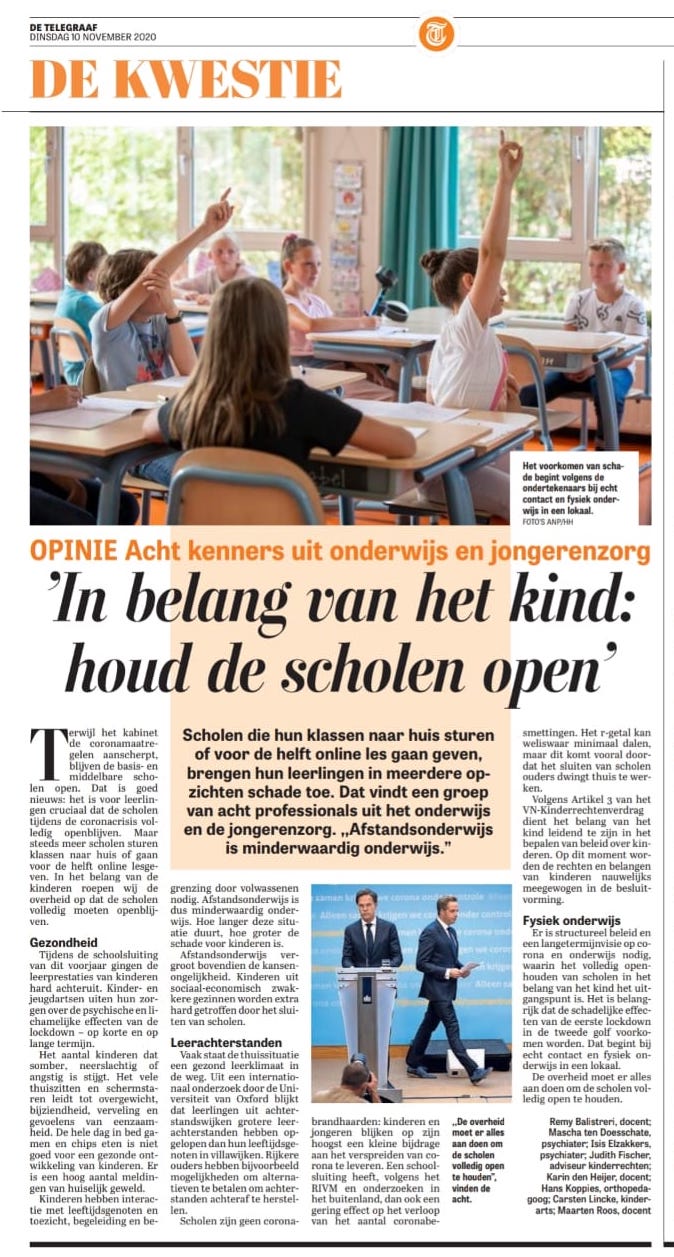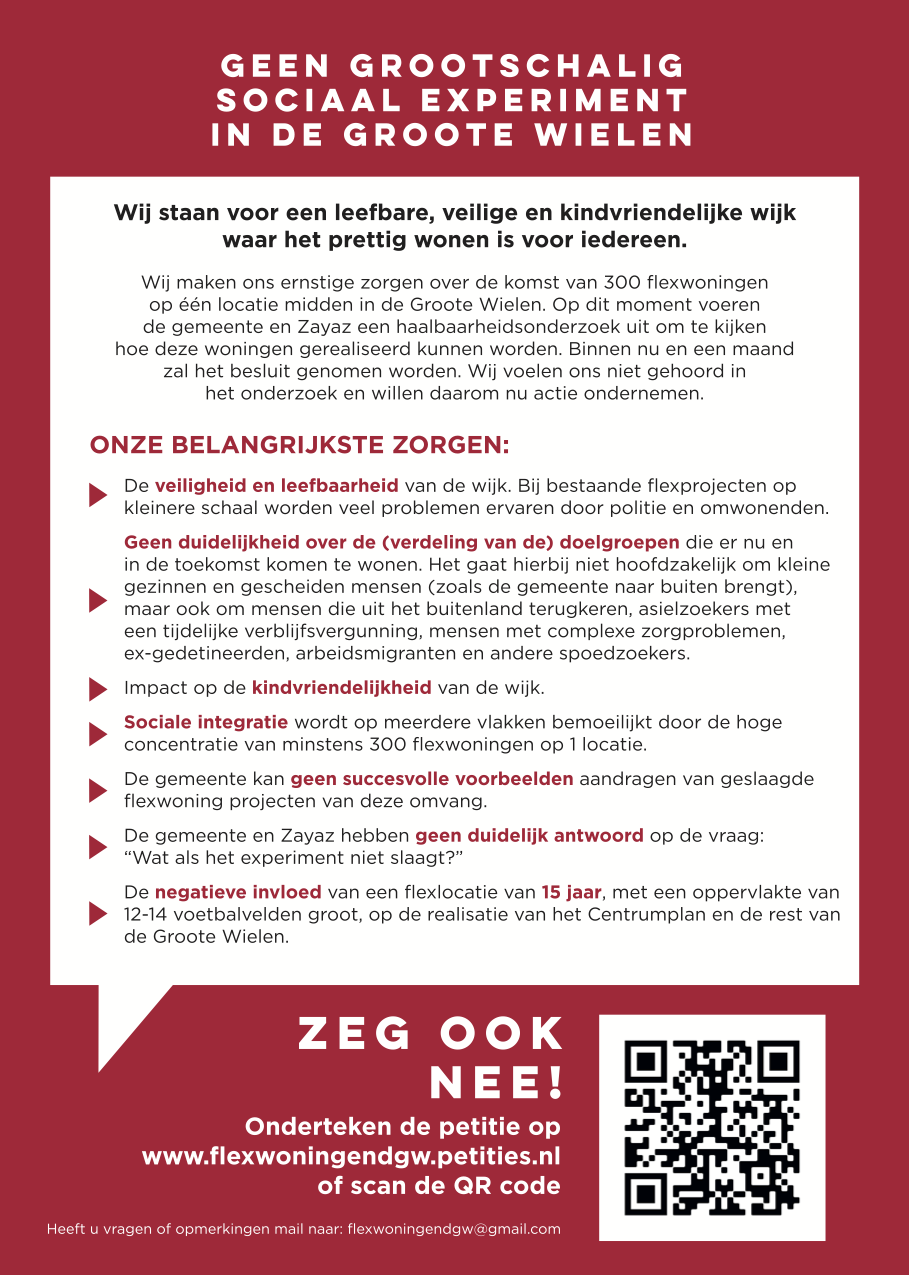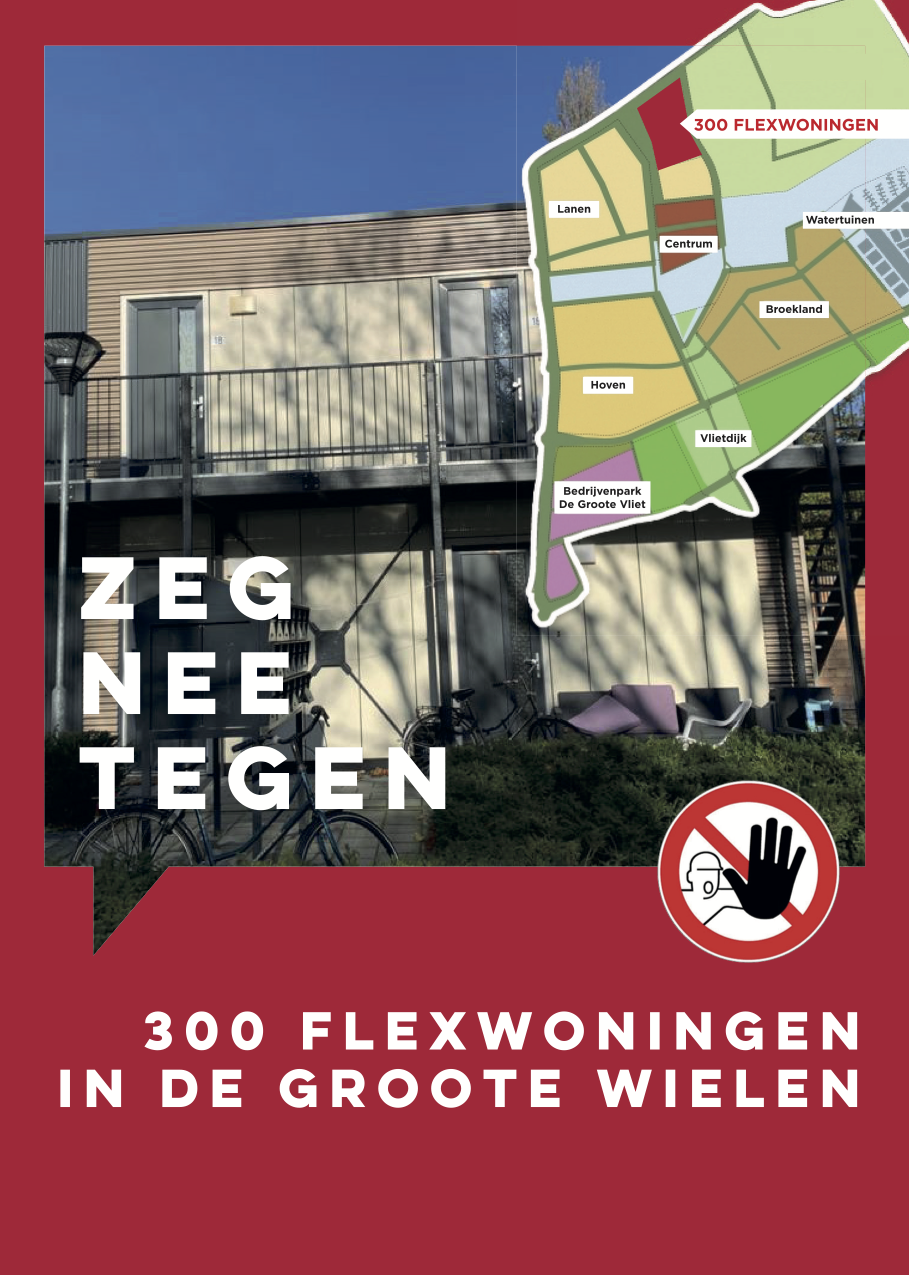Updates
A Ticket System for Government (Or: Let’s Finally Give the Ombudsman Teeth)
The ombudsman, as it stands, is a shark without teeth. It cannot even smell a scandal if it was bleeding before their eyes — can’t sense, can’t bite, can’t act, can’t fix. It’s a watchdog with no jaws. So let’s give it an upgrade or even better give the government such an upgrade that Ombudsman loses the necessity for their entire existence.
This isn’t some grand ideological revolution. It’s just a silly idea for a public ticket system. Silly, but powerful.
Imagine a civic ticket system — not buried in obscure forms, not locked in back-office email chains. Just like an internal help-desk, but for governance. Public, structured, traceable. And smart.
This is what it looks like.
Core Idea
Citizens should be able to report issues publicly — not buried in anonymous inboxes, not hidden behind “ongoing investigation” seals. People already talk about public issues. If people can talk about public issues with their friends, why can’t they track them together too?
A government ticket system could work just like internal systems in IT or customer service — but with a civic twist.
This is not a place for endless debate. It’s a structure to frame problem → proposal → response, cleanly and traceable.
This system proposes a transparent, iterative problem-solving interface where AI is used not to obscure, but to clarify.
The System: Public, AI-Structured, and Transparent
The system is made up of 4 stages — and yes, it uses AI — but only as a tool to help people sharpen what they’re already saying.
Every issue goes through this cycle:
1. Problem Description
a) Citizens submit an issue.
b) The AI cleans up the language, consolidates overlapping inputs, and upgrades the coherence of the report.
c) A public change-log shows the input that evolved the description — all steps visible, all input attributable.
2. Proposed Solution
a) Based on the refined problem description, the AI drafts a solution or possible action path.
b) This is visible to the public as a formal response — no magic, just structured reasoning.
c) This is not a decision. It’s a draft — structured logic, not authority. Only advice.
3. Critique Layer
a) Citizens respond to the proposed solution — a structured challenge to the proposal..
b) Their remarks are also structured by AI — not censored, but upgraded for clarity and grouped by theme or angle.
c) Again, change-logs and input trails are visible. No anonymous edits. No hidden manipulations.
d) in a sense this is the same as step 1 (problem description)
4. Upgraded Solution
a) The AI integrates valid critiques and proposes a refined version of the solution.
b) This is the “feedback-reinforced” stage, where the system attempts synthesis, not endless argument loops.
All stages remain visible — including abandoned tickets, failed resolutions, and ongoing ones. This creates a living public record of issues and proposed governance responses.
This is the synthesis. 1 = 2 + 3 = 4.
Why This Matters
- It forces clarity and traceability. No more vague complaints floating in chaos.
- It turns public input into a collaborative upgrade process.
- It shows which tickets are being handled, stalled, ignored — in plain sight.
- It makes every AI edit accountable, not mysterious.
- It doesn’t replace the ombudsman — it arms them.
Business Model? Sure — But Keep It Public
Yes, this is a product. But no, it shouldn’t be commercialized. This is civic infrastructure. It belongs to the commons.
It could be sold to municipalities, NGOs, or transparency coalitions — but that defeats the purpose.
Build it, release it, and let it run at zero cost. The public has already paid for enough systems that don’t work. This one should.
The value lies not in monetization — but in legitimacy.
Expanded Use: From Complaint Board to Administrative Operating System
What starts as a feedback tool can evolve into a complete civic engine. The system can scale:
- Reported Issue
- Processed Issue (by a public servant or automated filter)
- AI-generated remark on process adequacy (4-stages again)
- Re-open option if resolution was insufficient (4-stages again)
- Cross-department visibility and workflow mapping
- The ticket can go through different departments and the work of each department remains visible.
Each issue flows like a case file, but it’s public-facing and structurally transparent. Departments can adopt the system internally. Citizens and officials see the same state of the case. Updates are traceable.
With enough refinement, this system could even approach pre-judicial arbitration or replace lower-level administrative courts — especially for predictable, repeatable types of disputes (benefits, housing, permit denials, etc.).
At some point a judge and lawyer can then bend over the case after it went through these 3 steps.
Design Philosophy
- Public by default.
- AI-enhanced, not AI-obscured.
- Built around iteration, not resolution-hiding.
- Input is traceable. Reasoning is legible. Logic is public.
- Not built to silence citizens with forms — but to cohere chaos into clarity.
Potential Impact:
If deployed at scale, this would:
- Reduce performative complaint culture (“I ranted online!”) in favor of traceable input.
- Provide oversight journalists and watchdogs with live case data.
- Offer civil servants a way to separate noise from signal.
- Create longitudinal accountability: we’d know what failed, what improved, and why.
- We can track government efficiency through details such as backlog and amount of re-opened cases
Final Thought
Let’s stop treating public concern like noise.
Let’s give it a ticket.
Let’s give the ombudsman jaws.
Give people a way to speak clearly. Let the problems stay visible. Let the fixes be criticized. Let the system evolve in full view.
Democracy doesn’t die in darkness — it suffocates in forms. We’ve normalized arbitrary bureaucracy and opaque complaint systems. But the technology to upgrade them exists. All we’re missing is the will — and the will can be crowd-sourced.
Written by Artorius Magnus
https://tinyurl.com/laconic-utopia World-Peace suggestions @250 articles highschool dropout-autodidact (unofficially 5+ PhD's).
De Telegraaf, De Kwestie: 'In belang van het kind: houd de school open'
In de Telegraaf, De Kwestie op 10 november 2020. Acht kenners uit onderwijs en jongerenzorg: 'In belang van het kind: houd de school open'

Terwijl het kabinet de coronamaatregelen aanscherpt, blijven de basis- en middelbare scholen open.
Dat is goed nieuws: het is voor leerlingen cruciaal dat de scholen tijdens de coronacrisis volledig openblijven. Maar steeds meer scholen sturen klassen naar huis of gaan voor de helft online lesgeven. In het belang van de kinderen roepen wij de overheid op dat de scholen volledig moeten openblijven.
Gezondheid
Tijdens de schoolsluiting van dit voorjaar gingen de leerprestaties van kinderen hard achteruit. Kinder- en jeugdartsen uiten hun zorgen over de psychische en lichamelijke effecten van de lockdown – op korte en op lange termijn. Het aantal kinderen dat somber, neerslachtig of angstig is stijgt. Het vele thuiszitten en schermstaren leidt tot overgewicht, bijziendheid, verveling en gevoelens van eenzaamheid. De hele dag in bed gamen en chips eten is niet goed voor een gezonde ontwikkeling van kinderen. Er is een hoog aantal meldingen van huiselijk geweld. Kinderen hebben interactie met leeftijdsgenoten en toezicht, begeleiding en begrenzing door volwassenen nodig. Afstandsonderwijs is dus minderwaardig onderwijs. Hoe langer deze situatie duurt, hoe groter de schade voor kinderen is. Afstandsonderwijs vergroot bovendien de kansenongelijkheid. Kinderen uit sociaal-economisch zwakkere gezinnen worden extra hard getroffen door het sluiten van scholen.
Leerachterstanden
Vaak staat de thuissituatie een gezond leerklimaat in de weg. Uit een internationaal onderzoek door de Universiteit van Oxford blijkt dat leerlingen uit achterstandswijken grotere leerachterstanden hebben opgelopen dan hun leeftijdsgenoten in villawijken. Rijkere ouders hebben bijvoorbeeld mogelijkheden om alternatieven te betalen om achterstanden achteraf te herstellen. Scholen zijn geen coronabrandhaarden: kinderen en jongeren blijken op zijn hoogst een kleine bijdrage aan het verspreiden van corona te leveren. Een schoolsluiting heeft, volgens het RIVM en onderzoeken in het buitenland, dan ook een gering effect op het verloop van het aantal coronabesmettingen. Het R-getal kan weliswaar minimaal dalen, maar dit komt vooral doordat het sluiten van scholen ouders dwingt thuis te werken. Scholen zijn geen coronabrandhaarden: kinderen en jongeren blijken op zijn hoogst een kleine bijdrage aan het verspreiden van corona te leveren. Een schoolsluiting heeft, volgens het RIVM en onderzoeken in het buitenland, dan ook een gering effect op het verloop van het aantal coronabesmettingen. Het R-getal kan weliswaar minimaal dalen, maar dit komt vooral doordat het sluiten van scholen ouders dwingt thuis te werken. Volgens Artikel 3 van het Kinderrechtenverdrag dient het belang van het kind leidend te zijn in het bepalen van beleid over kinderen. Op dit moment worden de rechten en belangen van kinderen nauwelijks meegewogen in de besluitvorming.
Fysiek onderwijs
Er is structureel beleid en een langetermijnvisie op corona en onderwijs nodig, waarin het volledig openhouden van scholen in het belang van het kind het uitgangspunt is. Het is belangrijk dat de schadelijke effecten van de eerste lockdown in de tweede golf voorkomen worden. Dat begint bij echt contact en fysiek onderwijs in een lokaal. Wij roepen de overheid daarom op: doe er alles aan om de scholen volledig open te houden.
- Remy Balistreri (docent)
- Mascha ten Doesschate (psychiater)
- Isis Elzakkers (psychiater)
- Judith Fischer (adviseur kinderrechten)
- Karin den Heijer (docent)
- Hans Koppies (orthopedagoog)
- Carsten Lincke (kinderarts)
- Maarten Roos (docent)
Artsenfederatie KNMG : harde maatregelen tegen ongezond eten, tabak en alcohol
Onze petitie werkt: KNMG heeft voor de a.s. 2e Kamer verkiezingen 3 urgente boodschappen voor de politiek.
Eén ervan verwoordt onze petitie : "We hebben ú nodig om te zorgen voor een gezonde omgeving. Dus het aanscherpen van maatregelen tegen aanbod en verkoop van tabak, alcohol en ongezonde voeding ". Deel de petitie met je collega's ! hartelijke groeten, Paul.
Goed nieuws: de petitie heeft zijn vruchten afgeworpen!
Er is besloten geen forensische cliënten te plaatsen op de Hüsenhof door het gebrek aan draagvlak dat is aangetoond door de petitie.
Bronnen:
- Mensen met strafblad komen niet naar Groesbeek na massaal verzet uit de buurt
- RIBW blaast initiatief in Groesbeek af
REACTIE VAN PETITIONARIS
Beste ondertekenaar,
De burgemeester heeft met ons het bericht gedeeld dat het spoedoverleg tussen gemeente, RIBW en Oosterpoort tot resultaat heeft geleid: er komen geen cliënten met forensische achtergrond naar de Hüsenhoff.
In december zal er een vervolggesprek plaatsvinden tussen gemeente en RIBW over of en hoe de leegstaande appartementen benut zullen worden.
Hierbij is in ieder geval afgesproken dat de mensen die hier mogelijk gehuisvest worden, geen forensische achtergrond hebben.
Als buurtbewoners zullen we dit proces als vanzelfsprekend in de gaten houden. Iedereen bedankt voor de participatie!
EINDE REACTIE
BREAKING! Vuurwerkverbod is er doorheen
vanwege de coronacrisis wil de tweede kamer nu een landelijk vuurwerkverbod instellen om de zorg te ontlasten. dit gaat natuurlijk nergens over.
ze willen een verbod voor (een jaar) instellen. als dit gaat gebeuren is de stap naar een verbod (voor altijd) erg dichtbij. LAAT JE STEM HOREN EN TEKEN DE PETITIE!
Flyer
Meer informatie? Bekijk de flyer.

 .
.
Cyberexperts luiden noodklok: uitslag Tweede Kamerverkiezingen kwetsbaar voor hackers
Overheid vertrouwt op hackbare computers om in maart 2021 de Tweede Kamer-verkiezingsuitslag uit te rekenen Op 17 maart 2021 zijn de Tweede Kamerverkiezingen. Er wordt met potlood en papier gestemd in tussen de 9.000 en 10.000 stembureaus.
's Avonds worden alle stemmen handmatig geteld in stembureaus en de totalen opgeschreven in een proces-verbaal. De processen-verbaal worden naar de burgemeester gebracht. Vervolgens typen ambtenaren de processen-verbaal over in een computerprogramma (genaamd Ondersteunende Software Verkiezingen 2020). Wanneer dat klaar is wordt de uitslag geprint. Deze uitdraai wordt door de burgemeester ondertekend en is daarmee definitief in een gemeente. De Kiesraad*, het ministerie van Binnenlandse Zaken (BZK) en gemeentes vinden het niet nodig om de totalen op de verschillende niveaus te verifiëren, bijvoorbeeld door handmatig stemtotalen uit processen- verbaal bij elkaar op tellen en het resultaat te vergelijken met de uitslag die door de computer werd berekend. Terwijl alleen op die manier mogelijke hacks en manipulaties aan het licht komen. Een belangrijke reden waarom de Kiesraad en BZK het niet nodig vindt om ook handmatig op te tellen is dat de optelcomputers niet op internet zijn aangesloten. Buitenlandse inlichtingendiensten hebben echter geavanceerde hackmogelijkheden, veel budget, en goed doordachte plannen om zelfs toegang tot de meest afgeschermde militaire computernetwerken te krijgen als ze dit echt willen. Buitenlandse inlichtingendiensten beschikken over de technische vaardigheden om de uitslag te beïnvloeden door bij de gemeentes in te breken. Daarnaast bestaat altijd de mogelijkheid dat een opportunistische, afgeperste of omgekochte gemeentelijke systeembeheerder eigenhandig en ongezien de software op de optelcomputers aanpast om met de uitslag te frauderen. Stichting Tegen Hackbare Verkiezingen is van mening dat computers niet veilig genoeg zijn om erop te vertrouwen bij een verkiezing, rekening houdend met mogelijke dreigingen en de ongekende impact van een gehackte verkiezing. Computers kunnen worden gehackt, zeker als de belangen groot zijn. Een verkiezing hoort zo transparant, robuust en weerbaar te zijn dat deze bestand is tegen externe inmenging (zelfs als het gaat om buitenlandse inlichtingendiensten), maar ook tegen inmenging van binnenuit. Om twijfel over de uitslag weg te nemen moet onafhankelijke verificatie van de resultaten verplicht worden. De kosten om de optelling te verifiëren, bijvoorbeeld door handmatig op te tellen of te laten verifiëren door derden, vallen in het niet bij de totale kosten en impact van een gehackte verkiezing. Het is dan ook een no- brainer om deze maatregel door te voeren. De stichting wil dat een verificatie van de computeruitslagen wordt ingevoerd, zodat onze democratie weerbaar wordt tegen hedendaagse dreigingen en risico's.